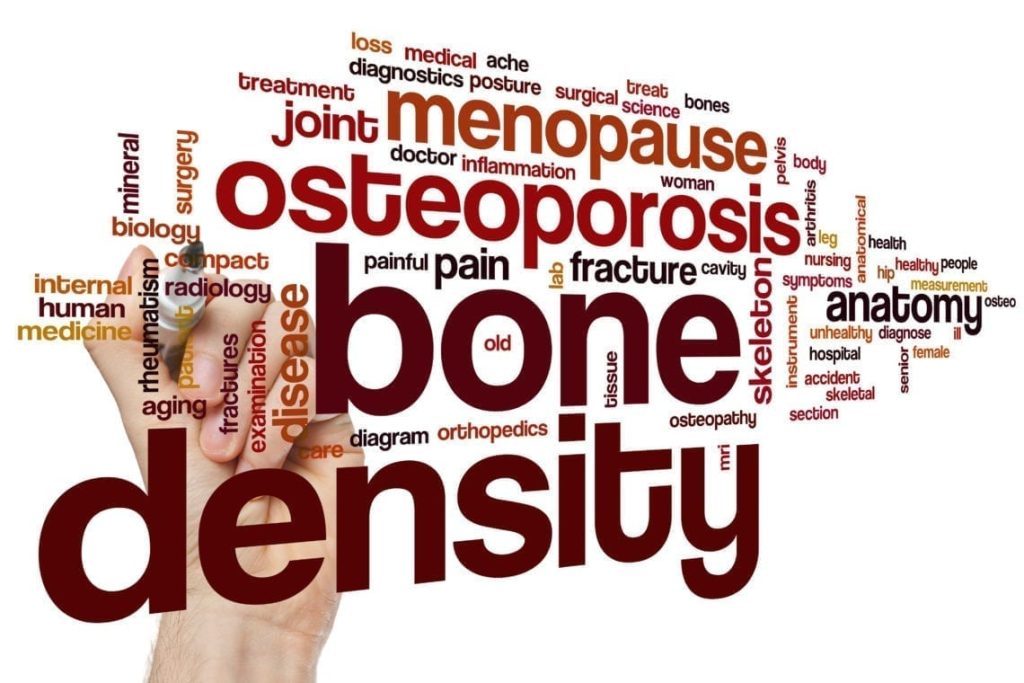
Skeletal strength in later years is paramount for maintaining an active and independent lifestyle. Imagine a world free from the fear of falls and fractures, where your bones are resilient and strong, supporting your every move. This article dives deep into the vital strategies for preventing age-related bone loss and maximizing your skeletal health. We will explore dietary changes, exercise routines, and other crucial aspects to ensure optimal bone health as you age. Understanding the factors contributing to bone loss and the available solutions is key to proactively addressing this issue. This comprehensive guide will cover everything from essential nutrients to lifestyle adjustments, empowering you to make informed decisions for a healthier future. By the end of this article, you will have a clearer understanding of how to maintain your skeletal strength and prevent age-related bone loss.
Understanding the Importance of Skeletal Strength
The Crucial Role of Bones in Daily Life
Healthy bones are essential for everyday activities, from simple tasks like walking and standing to more demanding activities like playing with grandchildren or enjoying hobbies. Strong bones support your body structure and protect vital organs. This is particularly important in later years when the risk of falls and fractures increases significantly. Maintaining strong bones can help you maintain your independence and improve your quality of life, allowing you to enjoy your golden years to the fullest. Reduced bone density leads to a higher risk of fractures, impacting mobility and overall well-being. People over 50 often experience a decrease in bone density which weakens bones, increasing the risk of fractures and resulting in potential limitations. It’s important to recognize this as a significant issue and take proactive measures. Approximately one in two women over 50 will experience an osteoporosis-related fracture.
The Impact of Aging on Bone Health
Factors Contributing to Bone Loss
Age significantly impacts bone health. As we age, our bodies naturally produce less bone mass. Furthermore, hormonal changes in women after menopause can accelerate this process. Decreased physical activity can also contribute to the loss of bone density. Lifestyle factors such as poor diet and lack of exposure to sunlight (to stimulate Vitamin D production) play a role in impacting skeletal strength. Factors such as genetics, certain medical conditions, and the use of specific medications can also influence the rate of bone loss. The importance of proactive measures to maintain bone strength cannot be overstated.
Nutritional Strategies for Optimal Bone Health
Essential Nutrients for Bone Strength
A balanced diet rich in essential nutrients is crucial for maintaining healthy bones. Calcium is fundamental, ensuring the strength and density of bones. Dairy products, leafy green vegetables, and fortified foods are excellent sources. Vitamin D is equally vital, as it aids in calcium absorption. Exposure to sunlight or supplementation may be necessary, especially in regions with limited sunlight. Protein is also important for bone remodeling and maintenance, which are fundamental in preventing bone loss and ensuring skeletal strength. Adequate protein intake, coupled with calcium and vitamin D, is critical for bone health.
Exercise Routines to Combat Bone Loss
The Importance of Weight-Bearing Exercises
Regular weight-bearing exercises, such as walking, jogging, dancing, and stair climbing, play a pivotal role in stimulating bone growth and density. Weight-bearing activities help to counteract bone loss by putting stress on bones, encouraging them to adapt and strengthen. Strength training exercises also play an integral role in building muscle mass around bones, thus offering improved support and stability. Aim for a minimum of 150 minutes of moderate-intensity aerobic activity per week, along with strength training exercises twice a week.
Related Post : Beyond Wrinkles: Addressing the Hidden Health Challenges of Aging
Supplementation and Medical Advice
When Supplements Might Be Necessary
In some cases, supplementation might be necessary to meet individual nutritional needs. Consult a doctor before starting any supplementation regimen. Dietary supplements may include vitamin D and calcium supplements. They can assist in preventing bone loss and bolstering skeletal strength, but they are not a substitute for a balanced diet and regular exercise. Always consult with a healthcare professional before incorporating supplements into your routine to ensure proper dosage and potential interactions.
In conclusion, maintaining skeletal strength in later years is crucial for overall health and well-being. A proactive approach, encompassing dietary adjustments, regular exercise, and supplementation (when necessary), can significantly mitigate age-related bone loss and improve quality of life. Implementing these strategies today will yield substantial benefits in the years ahead. Consider consulting a healthcare professional for personalized recommendations tailored to your specific needs. Don’t let age-related bone loss diminish your quality of life—take charge of your skeletal health today!